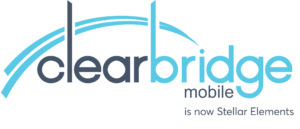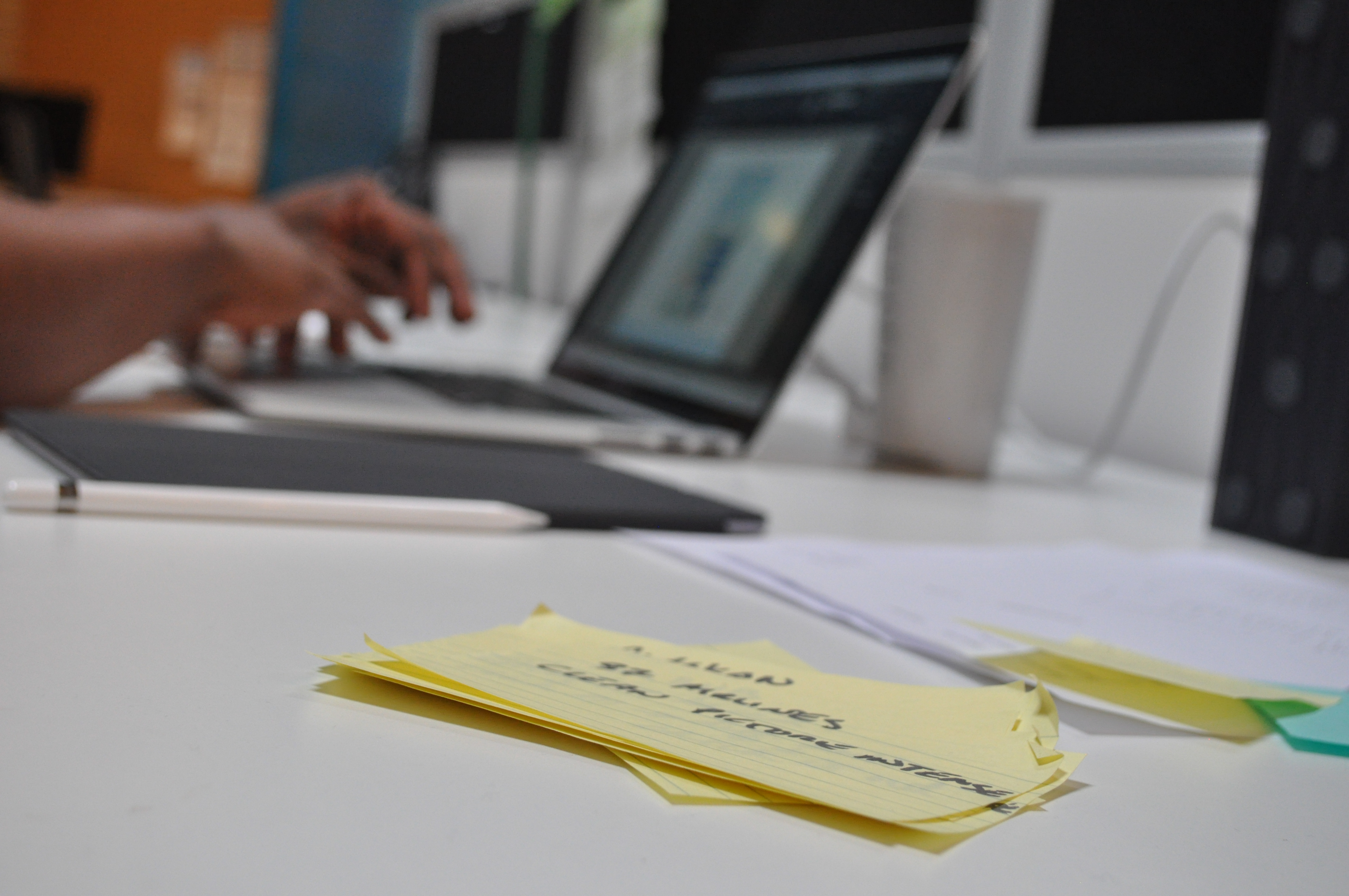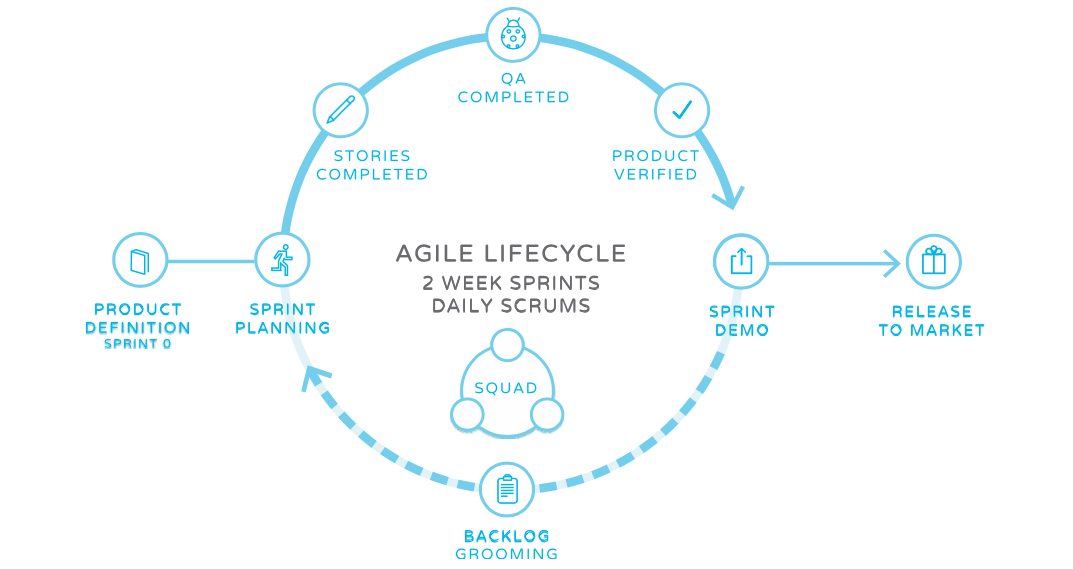Delivering a compelling mobile experience is in no way a linear process. The app development lifecycle includes so many moving parts that in the absence of collaboration, the entire project could fall short of success. When it comes to outsourcing mobile app development, if you don’t understand the process, it’s easy to get lost. In reality, there are multiple steps required to get your product to a position where it’s ready for development.
In this blog series, you will get a behind-the-scenes look at what it takes to build an app, and exclusive insight from the people at Clearbridge involved in making it happen.
This post will provide a high-level overview of what the app development process looks like, but before you even begin working with a development firm, your project starts with a reasonably substantial research phase. What are you trying to achieve, and more importantly, how does your app idea fit into your overall business strategy? You’ll want to give thoughtful consideration to your current business operations, your target-user base, and – of course – your competitors.
Business Objectives
Take some time to plan out what will make your app successful. Write down all the ways your app will address the needs of your company, as well as your users. Here are some questions to keep in mind when defining the business logic behind your app:
- What is the purpose of the product?
- What is the overall vision for the product?
- What current problem(s) does it address?
- Will this product refine or improve a current business function? Will this product create a new business function?
- What is the product’s business or monetization model?
- Is this app being built from scratch, or are there existing assets that can be incorporated?
- Is this project attainable?
Learn More: How to Identify User Pain Points
It’s important to have a clear vision for your product before you partner with a firm. With a clear idea, your development team will be able to focus on a definite end goal, and your existing research will support any decision made in the process.
Target Users
The foundation for every successful mobile app is an intuitive understanding of the user – their needs, goals, pain points, expectations, feelings, and opinions. Instead of creating an app for a generic group of people, you will have to create user personas founded in both qualitative and quantitative research. Conduct surveys, organize focus groups, perform field research, and leverage any existing information to get a well-rounded understanding of the people who will use your product.
Competitor Audit
Take a look at the competition: how will you differentiate your product from what already exists in the market? Researching other products will help you determine what feature-set will position your app as more valuable than the rest.
Start Thinking About Your MVP
When you begin working with a Clearbridge Account Executive, they will require some information about your Minimum Viable Product (MVP). Now as you move through the process, your development team will help you further define your MVP, but it doesn’t hurt to flesh out some of your ideas at this point.
An MVP is a version of your product that incorporates only the features necessary to take your app to market. Creating an MVP is a cost-effective way to determine product viability, usability, and market demand. With an MVP, you can iteratively improve your product with strategic decisions rooted in user intelligence research, and ultimately maximize ROI with each version release.
As you work through your MVP outline, you should end up with a core set of prioritized features that work towards the long-term goal. By using a prioritization matrix, you will be able to identify which features will make the most impact in relation to the necessity of the feature. When you’re creating your MVP, keep in mind that the finished product should be attainable within 90 days.
Product Discovery Phase
After you’ve done your homework, and established your partnership, Clearbridge puts together your team and jumps into your project. Initially, your team will hold an internal kick-off meeting to get to know the task at hand. During this meeting, the Internal Project Manager (IPM), Technical Project Manager (TPM), Account Executive, UX Designer, and Architect will get to know you as a client, your business, your project, and the first-stage MVP. They also discuss the Minimum Marketable Features (MMF) and the duration of the project.
The next step is to throw an official Product Discovery kick-off. The Product Discovery phase usually lasts four weeks, and at this stage, you are entirely involved in the app development process to allow for full transparency between our team and yours. The team will work with you to clarify the product vision and further refine the first-stage MVP. Together we define the expectations for the project and organize the deliverables for first Product Discovery sprints.
Learn More: How a Discovery Phase Leads to Better App UX Design
Sprint -1
The first two weeks of the Product Discovery phase focuses on design preparation. Your team starts by pulling together the design artifacts and technical requirements document. This document includes a wireframed prototype and product mockup created by your team’s UX Designer and Architect. As well, your Architect will put together the project’s technical blueprints, and your Designer will compile all of the branding guidelines. After your review, the TPM signs off on the Requirements Document, and the team moves into Sprint 0.
Sprint 0
At this stage, the TPM works with your Architect to create the project roadmap. In agile environments, a roadmap is your high-level project plan, and the plan only prioritizes immediate requirements. Any remaining feature requirements are considered targets and not commitments. Your project roadmap is designed this way to account for market fluctuation. Also, a flexible roadmap allows you to iteratively learn what features work to achieve your goals, as well as what your customers expect with each release.
Creating epics further defines your project roadmap. An epic is a development artifact that classifies a specific amount of work. Your team will develop epics for multiple focus areas of the project; it can be an epic, which has levels of features, a user request, or a business requirement. In the project backlog, an epic serves as a placeholder for a product requirement and details the final output of a user’s need. After the epics are complete, the Technical Project Manager will organize them into sprints and create the first-stage backlog.
Development Phase
Clearbridge follows an agile development philosophy that prioritizes flexibility; the product roadmap can easily be adjusted as requirements evolve.
During the development phase, the TPM will conduct daily standups to assess progress and identify any concerns or issues that arise within the process. The TPM will maintain their own concerns list and work with the IPM to determine how to take appropriate action. As new requirements and features arise, the product backlog is updated.
Throughout development, each member of the team plays a critical role in bringing your app to life.
Project Manager(s)
Your Project Manager will finalize the requirements for the product stories and arrange them in order of completion. They are responsible for identifying any risk or problem areas in the project, as well as maintaining due dates and prioritizing tasks within sprints. A project manager will ensure activities, information and requirements are current and delivered on time.
Architect
The team’s architect is responsible for identifying all of the internal and external dependencies, as well as determining project feasibility. They build all of the system and app architecture diagrams, sequence diagrams, and ER diagrams.
UX Designer
The UX Designer creates all the visuals required for the product wireframes and prototype. They also collect all the UI requirements for implementation and are responsible for delivering design assets (icons, fonts, images, etc.) for each designed page of the MVP.
QA
QA will confirm when each story is complete. They validate all the product’s acceptance criteria and identify and roadblocks in user experience flow.
Development
The developers on your team go to work coding the features of your app according to the pre-established priority list.
Testing Phase
When it comes to mobile apps, users have incredibly high expectations for performance. Testing your app is crucial for the success of your product. At Clearbridge, your TPM will run User Acceptance Tests on your product build, as well as product demos with you before completing the deployment checklist. Throughout the whole app development process, the TPM is continually monitoring and recording any potential issues to address in the testing phase.
Learn More: The Top 6 Reasons Why Apps Fail & How to Overcome Them
As new requirements and unplanned features come to light, your Architect will assess their feasibility and work them into the existing architecture. The UX Designer will create new visuals as necessary, and QA will reevaluate the evolving acceptance criteria. If issues are present, developers will adjust the code accordingly.
Developing an app is an iterative process. At Clearbridge, we understand the importance of daily status report updates to keep you well-informed of the progress of your project. Retrospective and communication is also a key priority in our app development process. Follow along with the blog series to get an exclusive preview into a day in the life of each team member involved in developing an app.
If you’re interested in getting started with mobile app development, contact Clearbridge Mobile today.








